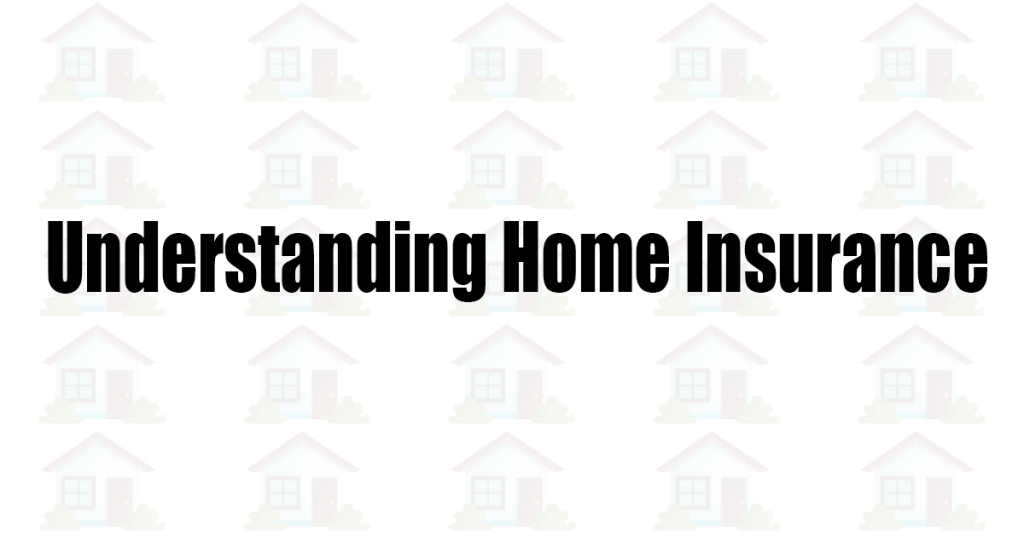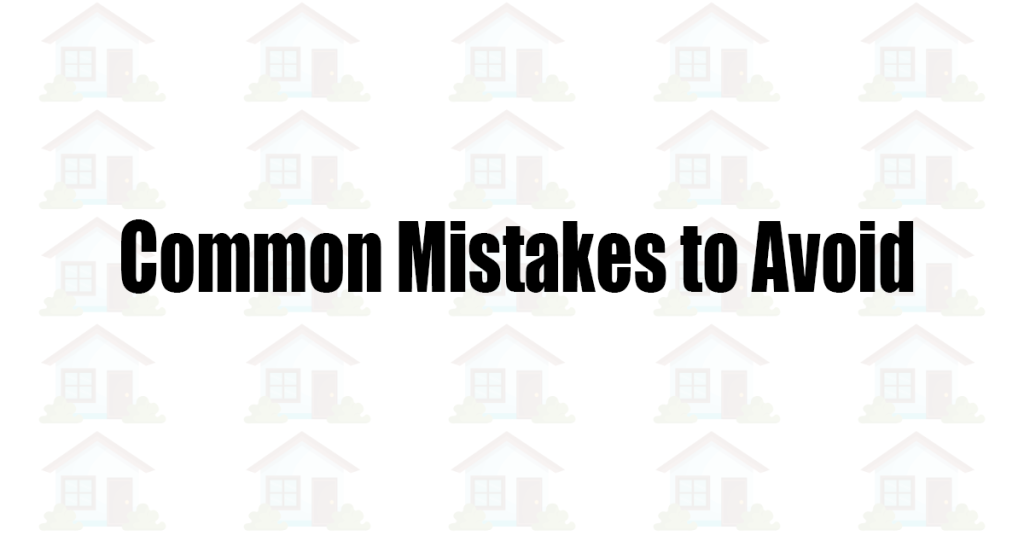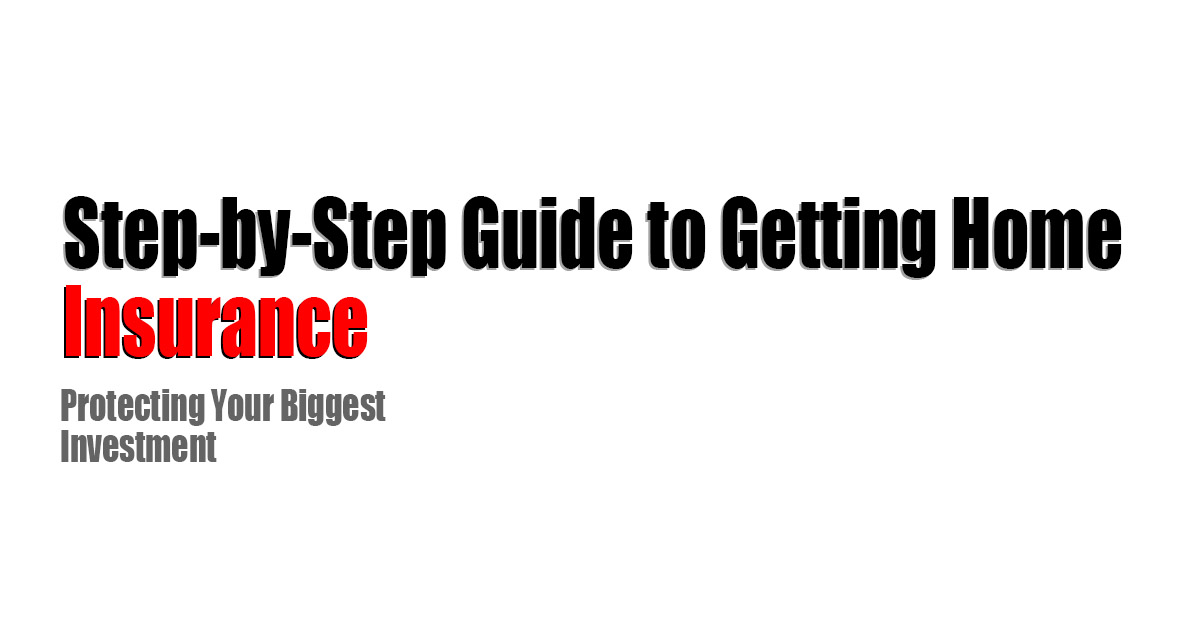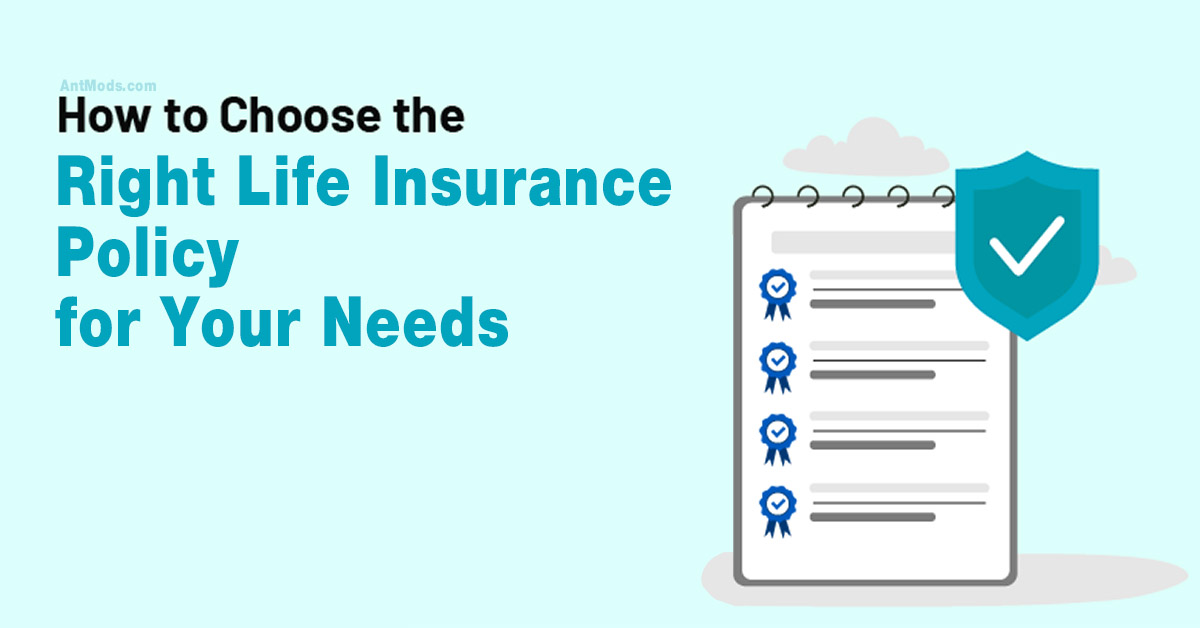Buying a new home is an exciting milestone, but along with this achievement comes the important responsibility of protecting your investment. Home insurance is an essential safeguard that shields you from potential financial losses due to property damage, theft, liability claims, and more. While navigating the world of home insurance can seem daunting, understanding the basics and knowing how to get the best coverage will give you peace of mind and help secure your future.
In this guide, we’ll break down the essentials of home insurance, explain how to evaluate your coverage needs, and provide actionable steps to ensure you get the best policy for your new home.
Understanding Home Insurance

Before diving into how to get the best coverage, it’s important to understand what home insurance is and why it’s crucial for homeowners.
What is Home Insurance?
Home insurance, or homeowners insurance, is a policy that covers damage or loss to your home and its contents, as well as liability protection in case someone is injured on your property. It’s designed to protect you from financial loss due to a range of risks, including fire, theft, storms, vandalism, and other perils.
A standard home insurance policy typically includes:
- Dwelling Coverage: Protects the physical structure of your home, including walls, roof, floors, and built-in appliances.
- Personal Property Coverage: Covers your personal belongings, such as furniture, electronics, and clothing, if they’re damaged or stolen.
- Liability Protection: Covers legal expenses if you’re found responsible for injuring someone or damaging their property.
- Additional Living Expenses (ALE): Pays for temporary living costs if your home is uninhabitable due to a covered event, such as a fire.
Why Do You Need Home Insurance?
Home insurance is essential for safeguarding your most valuable asset. In addition to protecting your home and belongings, many mortgage lenders require homeowners insurance as a condition for loan approval. Even if you own your home outright, having insurance can prevent catastrophic financial losses in case of unexpected damage or disasters.
For more detailed information about what home insurance covers, you can explore this comprehensive guide from the Insurance Information Institute.
How to Get the Best Home Insurance Coverage

Finding the best home insurance coverage involves more than just selecting the first policy you come across. It requires careful evaluation of your home’s needs, your financial situation, and the range of policies available in the market.
1. Assess Your Insurance Needs
The first step in getting the best coverage is to assess the specific needs of your home. Consider the following factors:
- Replacement Cost of Your Home: This is the amount it would cost to rebuild your home from the ground up. Your insurance coverage should be based on this cost, not the market value of the home.
- Personal Property Value: Take an inventory of your personal belongings to estimate how much coverage you need for your items. Keep in mind that high-value items, such as jewelry or artwork, may require additional coverage.
- Location Risks: Homes in certain areas may be more prone to natural disasters like floods, hurricanes, or earthquakes. If your home is in a high-risk area, you may need extra coverage for these perils.
To calculate the replacement cost of your home, consider using a home replacement cost estimator, which can provide a more accurate estimate based on the home’s square footage, materials, and other factors.
2. Understand the Types of Home Insurance Policies
Home insurance policies come in different forms, depending on the level of coverage you need. The most common types of homeowners insurance are:
- HO-3 (Special Form): This is the most popular policy type and provides broad coverage for your home and personal belongings, except for exclusions listed in the policy. It’s a good option for most homeowners.
- HO-5 (Comprehensive Form): Offers even more extensive coverage for both your home and belongings, including higher limits on valuable items. This policy type is ideal for homeowners seeking the highest level of protection.
- HO-6 (Condo Insurance): Specifically for condominium owners, covering personal belongings and interior walls of the condo unit.
- HO-8 (Modified Coverage Form): Designed for older homes, this policy provides limited coverage but is a cost-effective option for homes that would be expensive to replace at today’s prices.
For a more detailed breakdown of policy types, check out this article on home insurance policy forms.
3. Shop Around for Insurance Quotes
One of the most effective ways to ensure you’re getting the best home insurance coverage is to shop around and compare quotes from multiple insurance providers. Rates and coverage options can vary significantly between companies, so it’s important to gather quotes from at least three to five different insurers.
You can use online comparison tools such as The Zebra or PolicyGenius to quickly compare options based on your home’s location, size, and coverage needs. Be sure to pay attention not only to the price but also to the coverage limits, deductibles, and exclusions of each policy.
4. Look for Discounts
Many insurance companies offer discounts that can lower your premiums without reducing your coverage. Common discounts include:
- Bundling Discounts: If you bundle your home insurance with other policies, such as auto insurance, you can save on both.
- Security System Discount: Installing security features like alarms, cameras, or deadbolts can reduce your insurance costs.
- New Home Discount: If your home is newly built, some insurers may offer discounts due to the lower risk of damages.
- Claims-Free Discount: If you haven’t filed any claims in recent years, you may qualify for a lower premium.
Ask each insurer about available discounts to ensure you’re getting the best rate possible.
5. Customize Your Coverage
While standard homeowners insurance policies provide a base level of coverage, you may need to customize your policy to ensure you’re fully protected. Here are some additional coverages to consider:
- Flood Insurance: Standard policies don’t cover flood damage. If you live in a flood-prone area, you’ll need to purchase separate flood insurance through the National Flood Insurance Program (NFIP).
- Earthquake Insurance: If you live in a region with seismic activity, consider adding earthquake insurance to your policy.
- Replacement Cost vs. Actual Cash Value: When it comes to covering your belongings, choose between replacement cost coverage (which pays to replace items at their current market value) or actual cash value (which factors in depreciation). Replacement cost coverage offers better protection.
Be sure to discuss these options with your insurance agent and ensure that your policy fits the unique risks associated with your home.
6. Review the Insurer’s Reputation
The quality of an insurance policy goes beyond just coverage details and premiums. You also want to ensure you’re working with a reputable insurer that handles claims efficiently and provides excellent customer service. Here are some steps to take:
- Check Financial Strength Ratings: Use rating agencies like AM Best or Moody’s to check an insurer’s financial stability. This ensures the company can pay out claims when needed.
- Read Customer Reviews: Look at customer reviews on sites like Trustpilot or the Better Business Bureau (BBB) to see how the insurer handles claims and customer service issues.
7. Review and Update Your Policy Annually
Your home insurance needs may change over time, so it’s a good practice to review your policy each year. Major life changes like renovations, buying expensive personal items, or a change in the local housing market may require adjustments to your coverage.
Regularly reviewing your policy ensures that you’re not over- or under-insured and allows you to take advantage of any new discounts or policy options that may have become available.
Common Mistakes to Avoid

While purchasing home insurance, it’s easy to make a few common mistakes. Avoid these pitfalls to ensure you get the best coverage for your home:
1. Underinsuring Your Home
One of the most common mistakes homeowners make is underinsuring their property. Ensure that your dwelling coverage is enough to rebuild your home entirely in the event of a total loss.
2. Ignoring Exclusions
Home insurance policies often come with exclusions—events or risks that aren’t covered. For example, most standard policies don’t cover flooding, so make sure you understand what’s excluded and consider purchasing additional coverage if needed.
3. Choosing a High Deductible You Can’t Afford
While a higher deductible can lower your premiums, make sure it’s an amount you can comfortably pay out of pocket in the event of a claim.
Also Read:- Navigating the Insurance Maze: Tips for First-Time Buyers.
Home insurance is an essential part of protecting your new home and securing your financial future. By understanding your coverage needs, shopping around for the best policies, and avoiding common mistakes, you can ensure that your home is fully protected against potential risks. Remember to review your policy regularly and adjust it as your needs change, so you’re always prepared for the unexpected. With these steps in mind, you’ll be well-equipped to find the best home insurance coverage for your new home.






